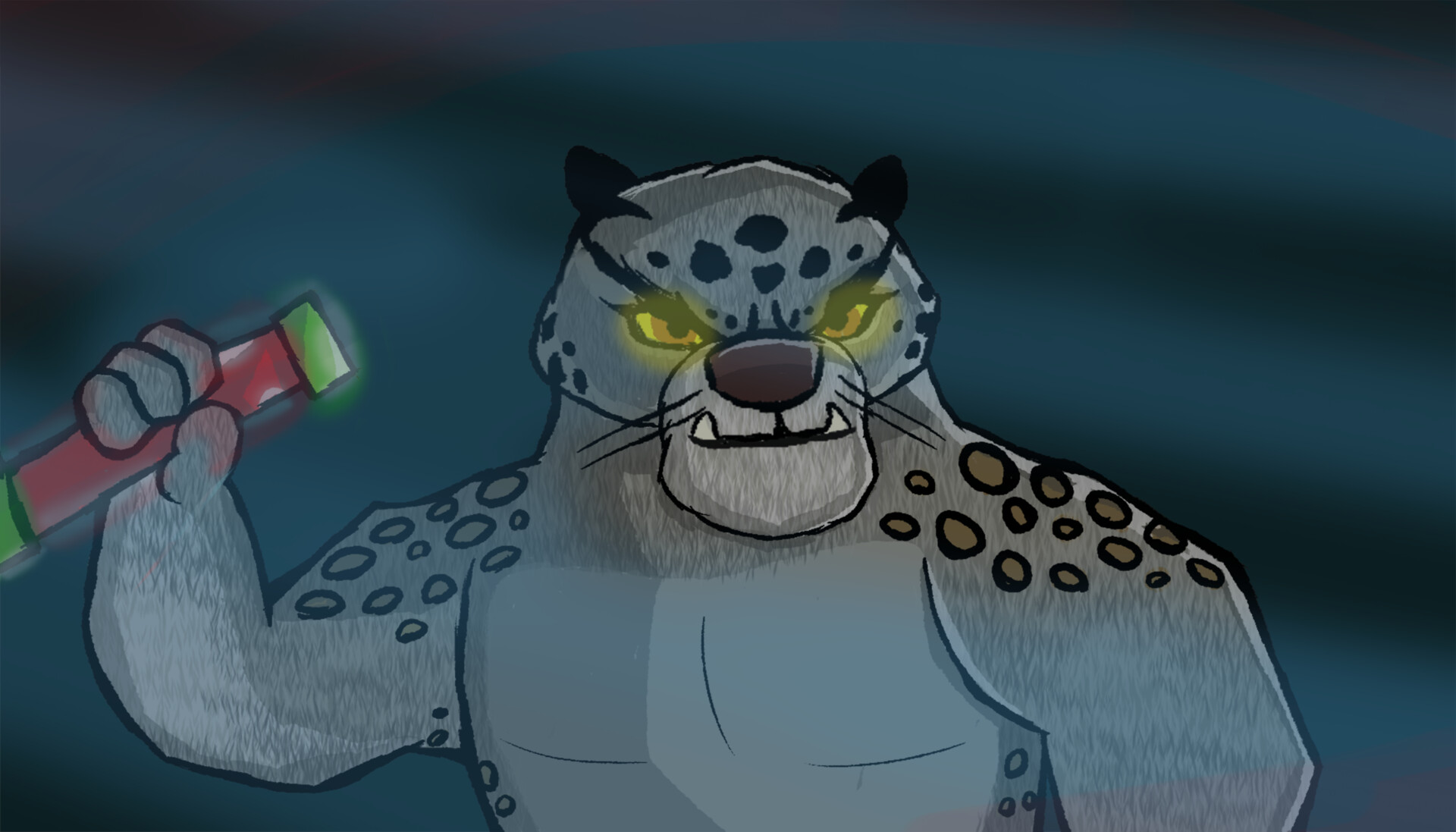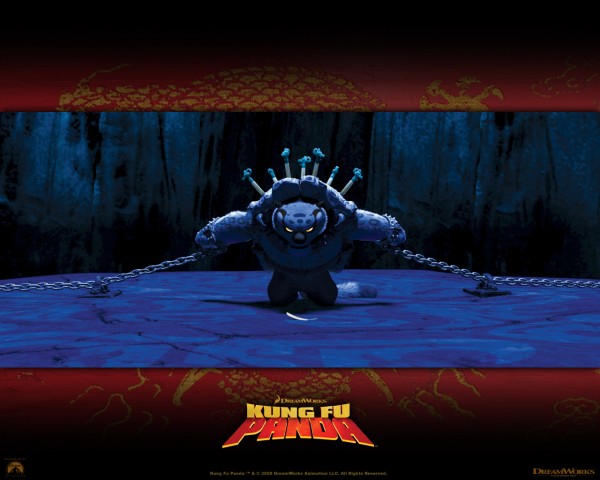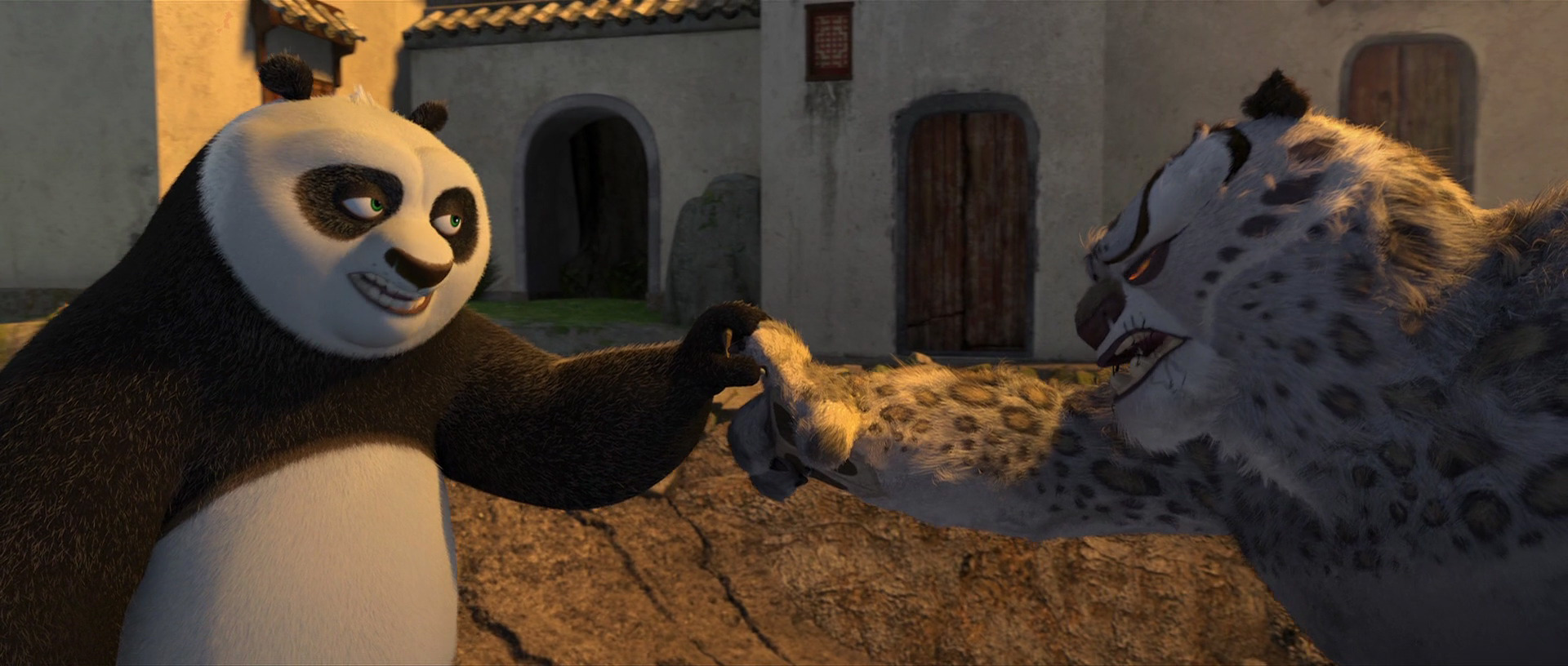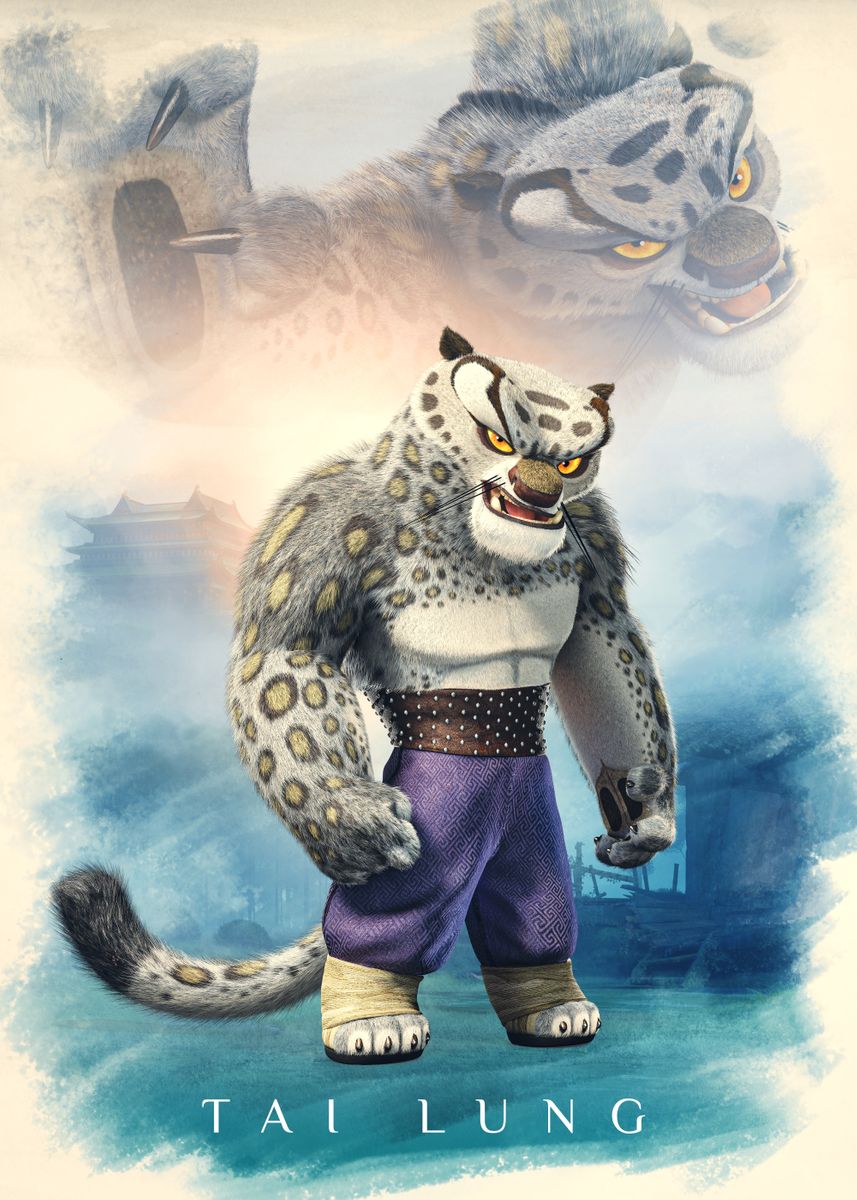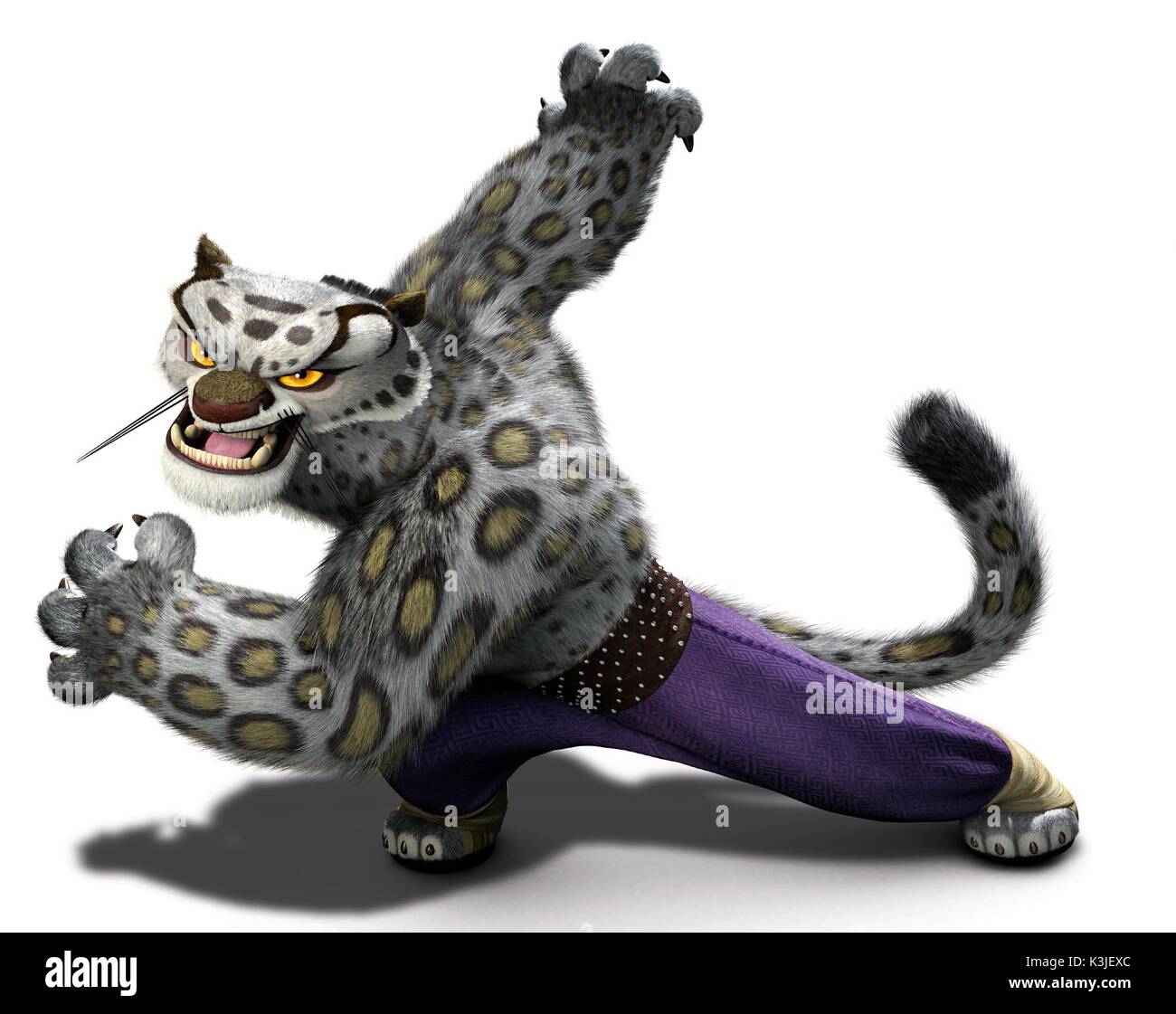Snow Leopard From Kung Fu Panda
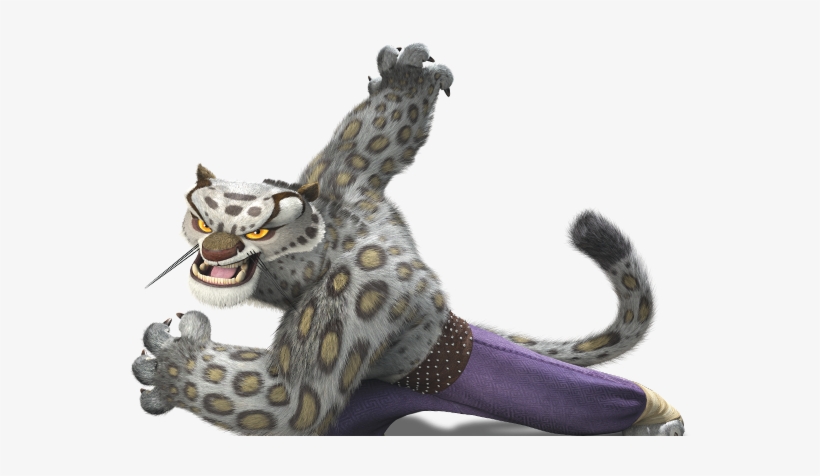
The animated villain Tai Lung, the snow leopard from DreamWorks' Kung Fu Panda, has captivated audiences with his raw power and tragic backstory. However, a growing debate surrounds the character: is he merely a formidable antagonist, or a nuanced portrayal of a victim of systemic failure? This article delves into the complexities of Tai Lung, examining his origins, motivations, and the arguments for and against viewing him as a symbol of unfulfilled potential.
At the heart of the discussion is the question of responsibility. Was Tai Lung's descent into villainy solely his own doing, or were external factors, such as Master Shifu's training methods and the perceived favoritism towards Po, significant contributors?
The Rise and Fall of Tai Lung
Tai Lung, discovered as a cub and raised by Master Shifu, was believed to be the Dragon Warrior destined to receive the Dragon Scroll. Shifu trained him relentlessly, shaping him into a powerful martial artist, arguably the most skilled in the Valley of Peace.
However, when the time came for the Dragon Scroll to be bestowed, Master Oogway sensed darkness within Tai Lung and denied him the title. This rejection, coupled with the lack of understanding of his internal turmoil, marked the beginning of his downfall.
The Argument for Systemic Failure
Critics argue that Tai Lung was a product of a flawed system that prioritized strength and discipline over emotional well-being. They point to Shifu's rigid training methods and the immense pressure placed upon the young leopard as contributing factors to his eventual breakdown.
"Tai Lung was trained to be a weapon, not a well-rounded individual," says Dr. Anya Sharma, a professor of film studies specializing in animated characters. "His emotional needs were neglected in the pursuit of martial perfection."
Furthermore, the denial of the Dragon Scroll, without a clear explanation or guidance on how to address the perceived darkness within him, served as a catalyst for his anger and resentment. He was essentially told he was not good enough, without being offered a path to redemption.
The absence of a support system or a mentor who could understand and address his inner conflict ultimately led him down a path of rage and vengeance. This perspective suggests that the blame lies not solely with Tai Lung, but also with the adults who failed to nurture his emotional development.
The Argument for Individual Responsibility
Conversely, many argue that Tai Lung bears ultimate responsibility for his actions. His violent rampage, attempts to steal the Dragon Scroll, and willingness to harm innocent people are seen as unforgivable acts that cannot be excused by his upbringing or perceived injustices.
Shifu, despite his perceived flaws, provided Tai Lung with a home, training, and a purpose. The argument posits that while the system may not have been perfect, Tai Lung still had the agency to choose a different path.
His decision to embrace darkness and seek revenge, rather than seeking inner peace or understanding, is seen as a testament to his inherent flaws. This perspective emphasizes the importance of individual accountability, regardless of circumstances.
The Legacy of Tai Lung
The character of Tai Lung continues to spark debate among viewers and scholars alike. His story serves as a cautionary tale about the dangers of unchecked ambition, the importance of emotional intelligence, and the potential consequences of systemic failures.
His impact on the Kung Fu Panda franchise is undeniable. He set the stage for future antagonists and underscored the importance of balance between physical prowess and inner peace.
The enduring appeal of Tai Lung lies in his complexity. He is not simply a one-dimensional villain, but a tragic figure whose potential was squandered, leaving audiences to ponder the question of what could have been.
Looking Ahead
The discussion surrounding Tai Lung has implications beyond the realm of animation. It raises important questions about the nature of justice, the role of mentorship, and the responsibility of society to provide opportunities for individuals to thrive.
As animation continues to evolve and explore more complex themes, the legacy of Tai Lung serves as a reminder of the power of storytelling to provoke critical thought and challenge societal norms. His story is a stark reminder that even in a world of anthropomorphic animals and martial arts, the complexities of human nature—or leopard nature—remain at the heart of the narrative.
Ultimately, whether one views Tai Lung as a victim or a villain, his story serves as a valuable reminder of the importance of empathy, understanding, and the potential for both good and evil that exists within us all. The questions he raises will continue to resonate with audiences for years to come.




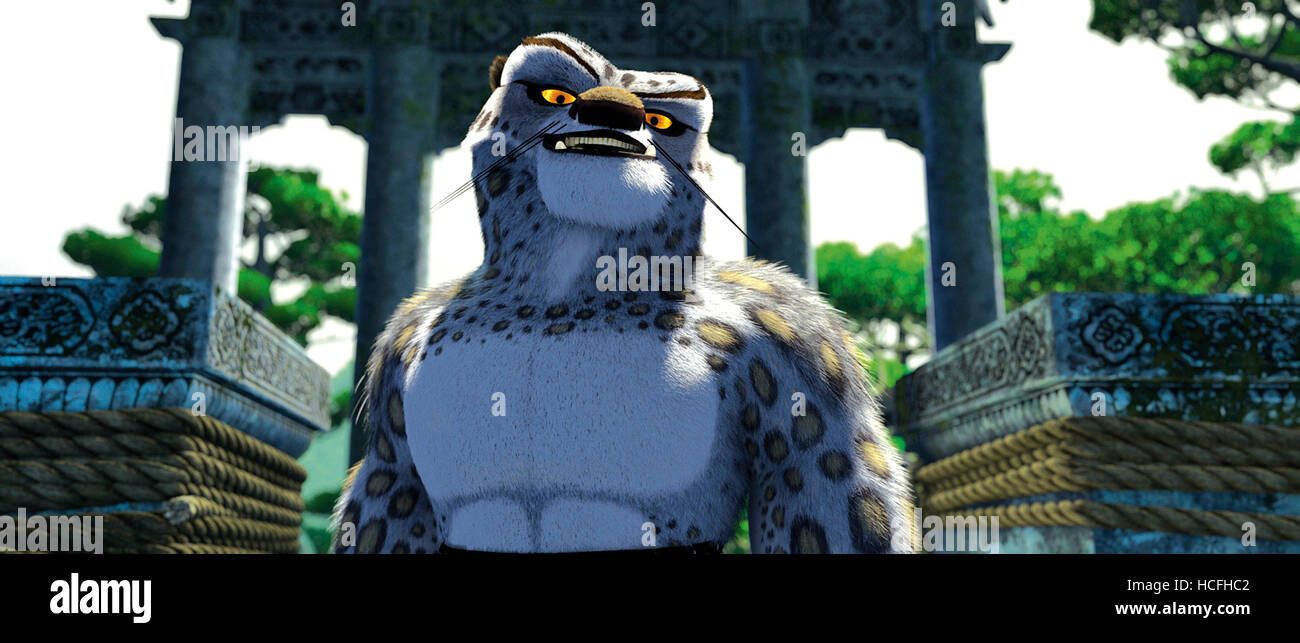
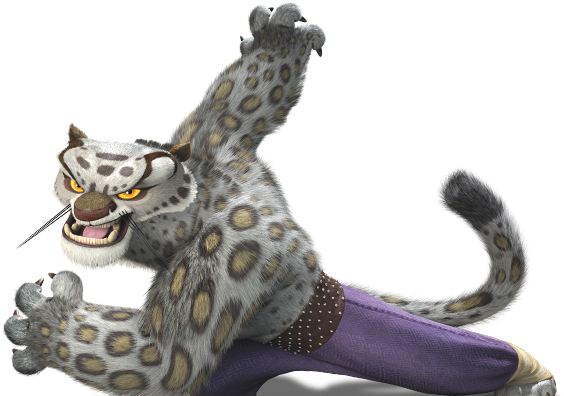

![Snow Leopard From Kung Fu Panda [10+] Tai Lung Wallpapers](https://images4.alphacoders.com/135/thumbbig-1356752.webp)
